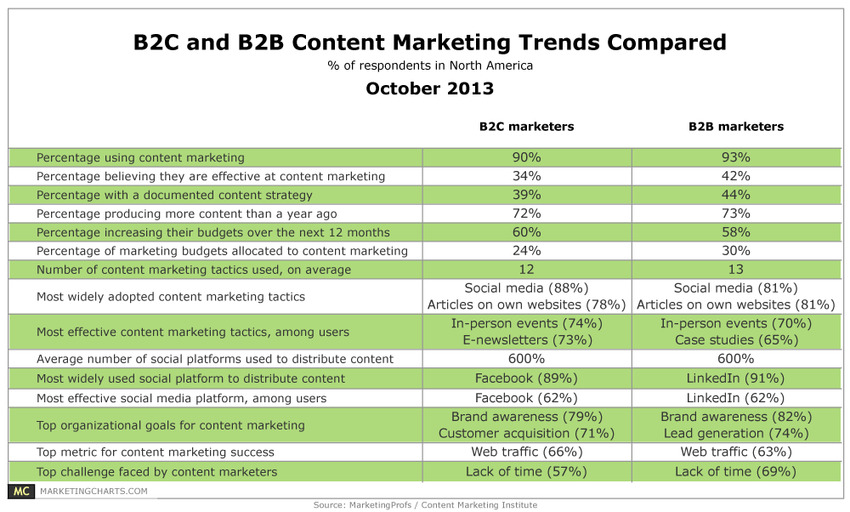Basic/ Condensed...
-- > You can’t prove digital content’s ROI: The bottom line is the C-suite’s ultimate concern. If the company has never had a content strategy before, there’s no historical indication that adopting one now will boost margins. And if it can’t do that, it’s a waste of resources.
-- > Leave marketing to the marketing team: You’re asking the executives to take part in content creation, even if it’s just in lending their names and brands to the conversation. They’ve never had to do this in the past. They’ll view anything that could increase their workload as a direct threat.
-- > Content marketing is a passing fad: Sure, the C-suite has heard of content marketing. They’ve also heard of QR codes, MySpace, and twerking. Popularity doesn’t translate to lasting value. Traditional marketing is a safer avenue.
-- > This isn’t going to solve the real issues our brand faces: So content can generate click-throughs. Who cares? That won’t stop the board of directors from breathing down management’s collective neck.
In order to sell the concept, you need an argument that not only counters objections, but actually gets the C-suite excited about content marketing.
1. Pitch to executive values.
Root your pitch deep in the values of your audience. Understand where they’re coming from: What are their top priorities? What do they care about most? What problems in the organization are they trying to solve as leaders? Once you’ve answered these questions, use content marketing to connect the dots.
2. Shine a light on the consumer purchasing landscape.
The evidence in favor of content marketing is compelling. According to Google’s Zero Moment of Truth, the average person digests at least 10 pieces of online information before making a purchasing decision. By creating high-quality content, your company can establish itself as a credible, trustworthy guide in the consumer purchasing process.
3. Recruit advocates.
Great content marketing improves sales, PR, SEO, and customer service, and it attracts top talent.
Rally people from various departments around your pitch. Call on them to be advocates of content marketing. Uniting a diverse group of voices makes your argument more persuasive.
4. Tell it like it is.
No executive can bear to hear that she’s losing ground to a competitor. But if her company won’t invest in a content marketing strategy, that’s exactly what will happen. Use this as a pressure point.
5. Appeal to the ego.
When an executive invests in a content marketing strategy, she’s investing in her personal brand. Attaching her name to an insightful article can help earn her a reputation as an industry thought leader.
__________________________________
► NEW: iNeoMarketing makes content marketing easy with the new Q8 Content. Q8 fills your content pipeline daily with relevant articles that your audience wants to read. Learn more and sign up for the beta program: http://www.Q8content.com.
► Receive a FREE daily summary of The Marketing Technology Alert directly to your inbox. To subscribe, please go to http://ineomarketing.com/About_The_MAR_Sub.html (your privacy is protected).



 Your new post is loading...
Your new post is loading...












This is not an neither/nor situation. You build relationships over time with excellent content distributed via lead nurturing, via social. But you're also conducting smart inbound marketing with SEO, PPC, Social Advertising, etc...using smart content.